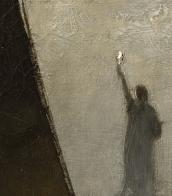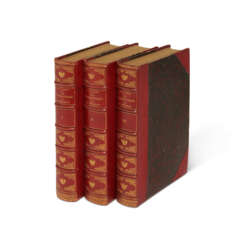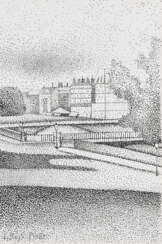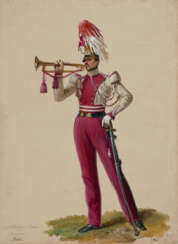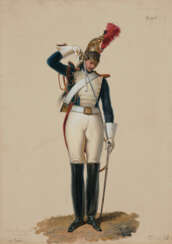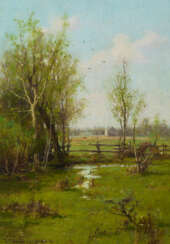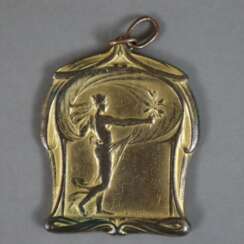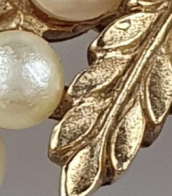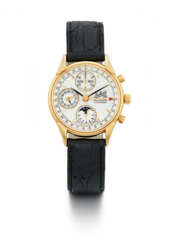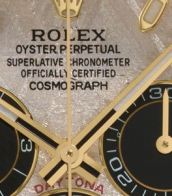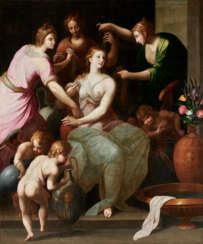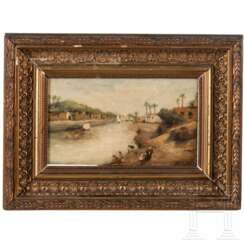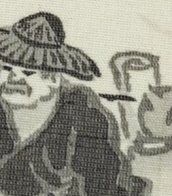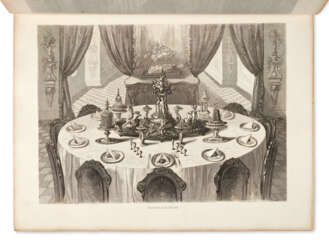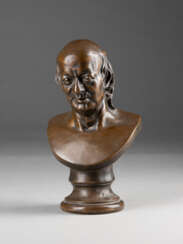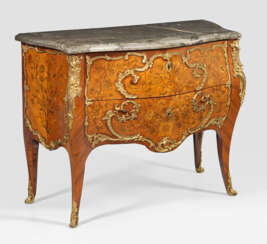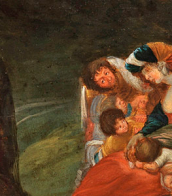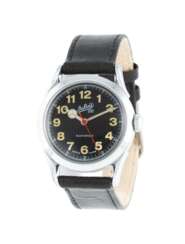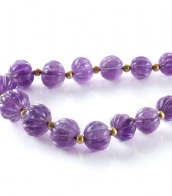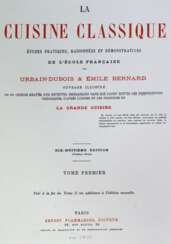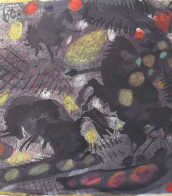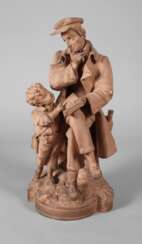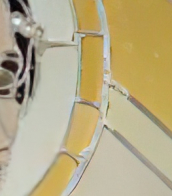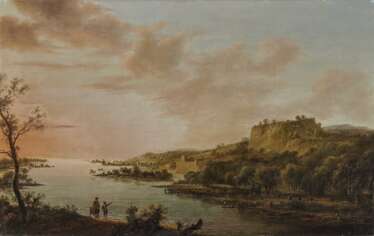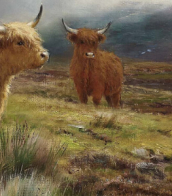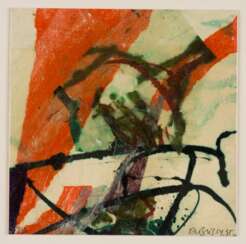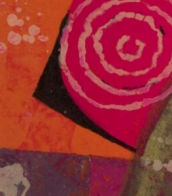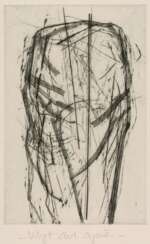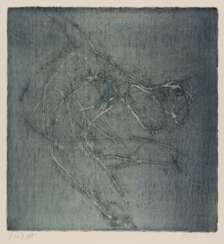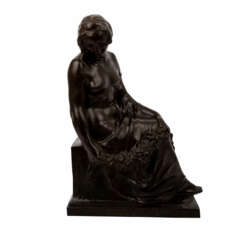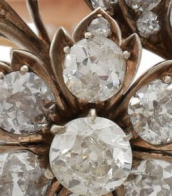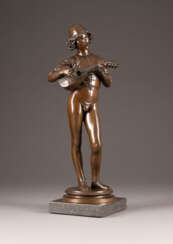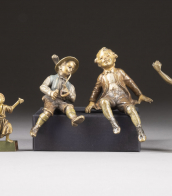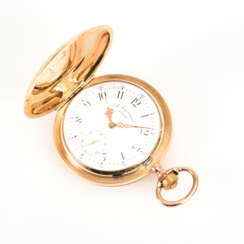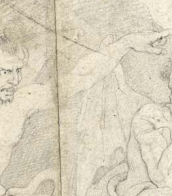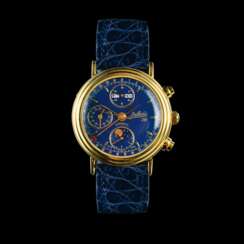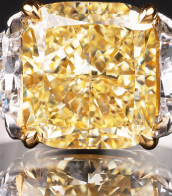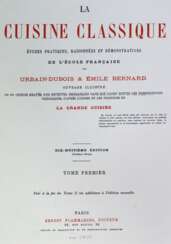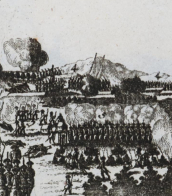dubois
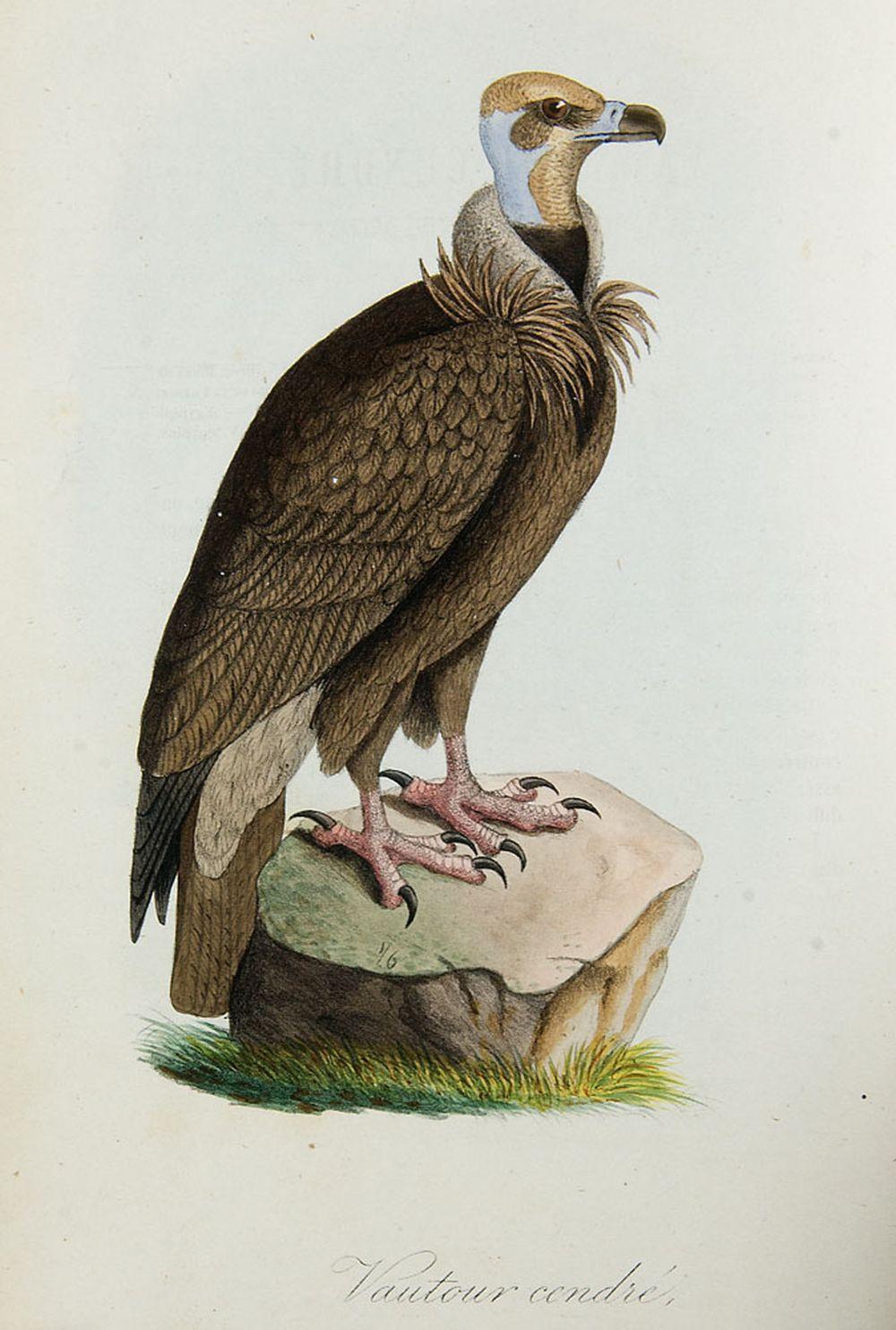
Charles-Frederic Dubois was a Belgian naturalist, artist and author of books on birds and butterflies.
Based on the results of his study of birds and scales of Belgium, Academician Dubois wrote Planches colorées des oiseaux de l'Europe ("Colored Plates of Birds of Europe") and Catalog systématique des Lépidoptères de la Belgique ("Systematic Catalog of Scales of Belgium"), which after his death was completed by his son Alphonse Joseph Charles Dubois (1839-1921).
Alphonse Dubois, full name Alphonse Joseph Charles Dubois, was a Belgian naturalist and physician.
Alphonse Dubois had a doctorate in medicine and in 1869 became curator of vertebrate animals at the Royal Museum of Natural History in Brussels. He worked with his father, the academician Charles-Frédéric Dubois (1804-1867), on the publication Les Oiseaux de l'Europe et leurs œufs (The Birds of Europe and their Eggs), completing it after his father's death. The book consisted of two volumes, the second of which consisted of illustrations by Dubois Sr.

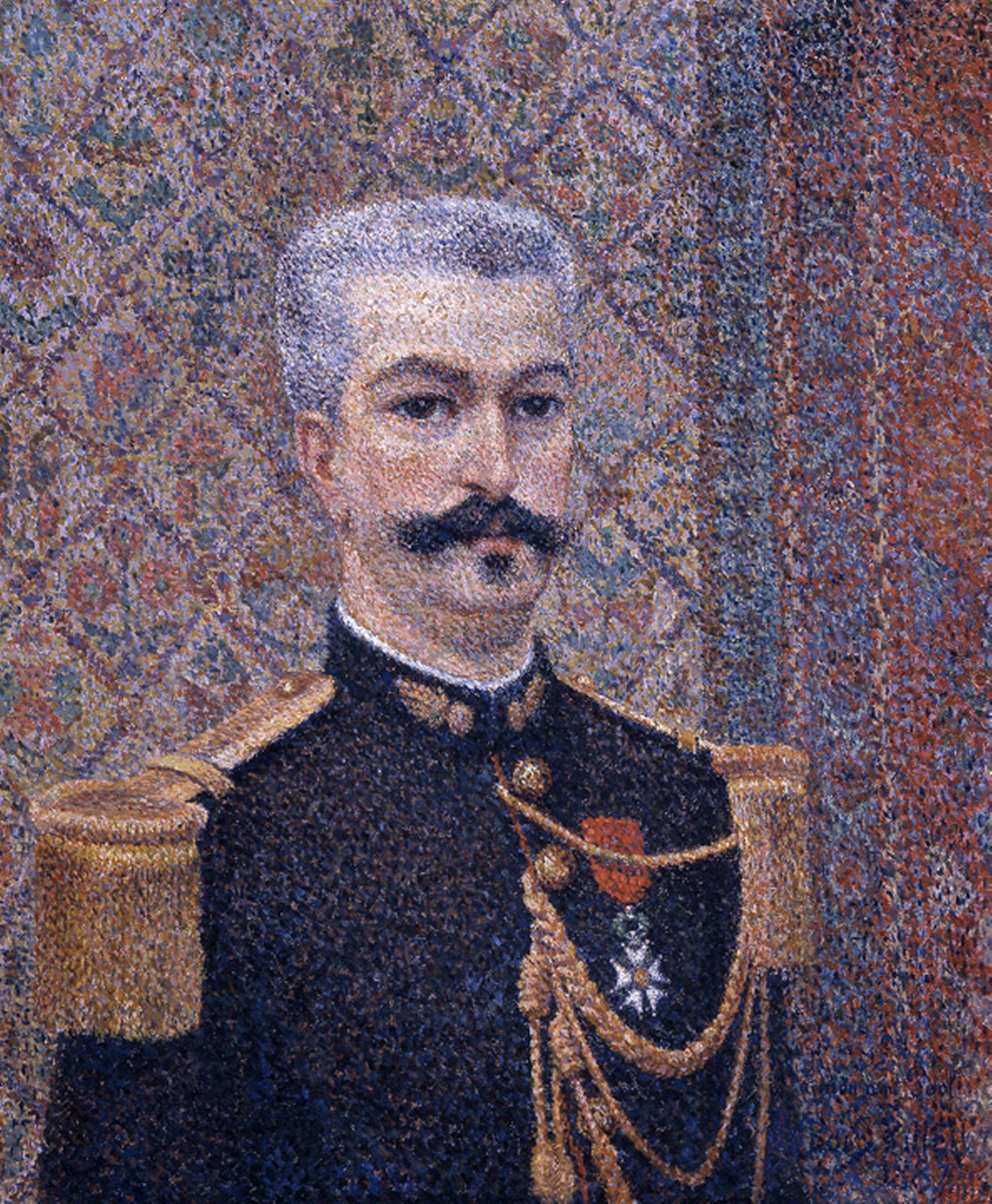
Albert Dubois-Pillet was a French Neo-Impressionist painter and army officer. He played an important role in founding the Société des Artistes Indépendants and was one of the first artists to embrace Pointillism.
Albert Dubois-Pieu's paintings often depicted landscapes, seascapes and city scenes, conveying the effects of light and atmosphere with meticulous attention to detail. His use of vivid and contrasting pointillistic colours created a sense of depth, brightness and optical blending when viewed from a distance.
Dubois-Pieu was influenced by the theories of colour and light of Georges Seurat and Paul Signac, two prominent figures in the Neo-Impressionist movement. He participated in several exhibitions with these artists and other members of the movement, contributing to the dissemination and appreciation of Neo-Impressionism.


Albert Dubois-Pillet was a French Neo-Impressionist painter and army officer. He played an important role in founding the Société des Artistes Indépendants and was one of the first artists to embrace Pointillism.
Albert Dubois-Pieu's paintings often depicted landscapes, seascapes and city scenes, conveying the effects of light and atmosphere with meticulous attention to detail. His use of vivid and contrasting pointillistic colours created a sense of depth, brightness and optical blending when viewed from a distance.
Dubois-Pieu was influenced by the theories of colour and light of Georges Seurat and Paul Signac, two prominent figures in the Neo-Impressionist movement. He participated in several exhibitions with these artists and other members of the movement, contributing to the dissemination and appreciation of Neo-Impressionism.


Albert Dubois-Pillet was a French Neo-Impressionist painter and army officer. He played an important role in founding the Société des Artistes Indépendants and was one of the first artists to embrace Pointillism.
Albert Dubois-Pieu's paintings often depicted landscapes, seascapes and city scenes, conveying the effects of light and atmosphere with meticulous attention to detail. His use of vivid and contrasting pointillistic colours created a sense of depth, brightness and optical blending when viewed from a distance.
Dubois-Pieu was influenced by the theories of colour and light of Georges Seurat and Paul Signac, two prominent figures in the Neo-Impressionist movement. He participated in several exhibitions with these artists and other members of the movement, contributing to the dissemination and appreciation of Neo-Impressionism.
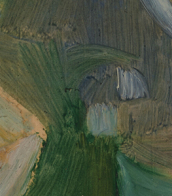
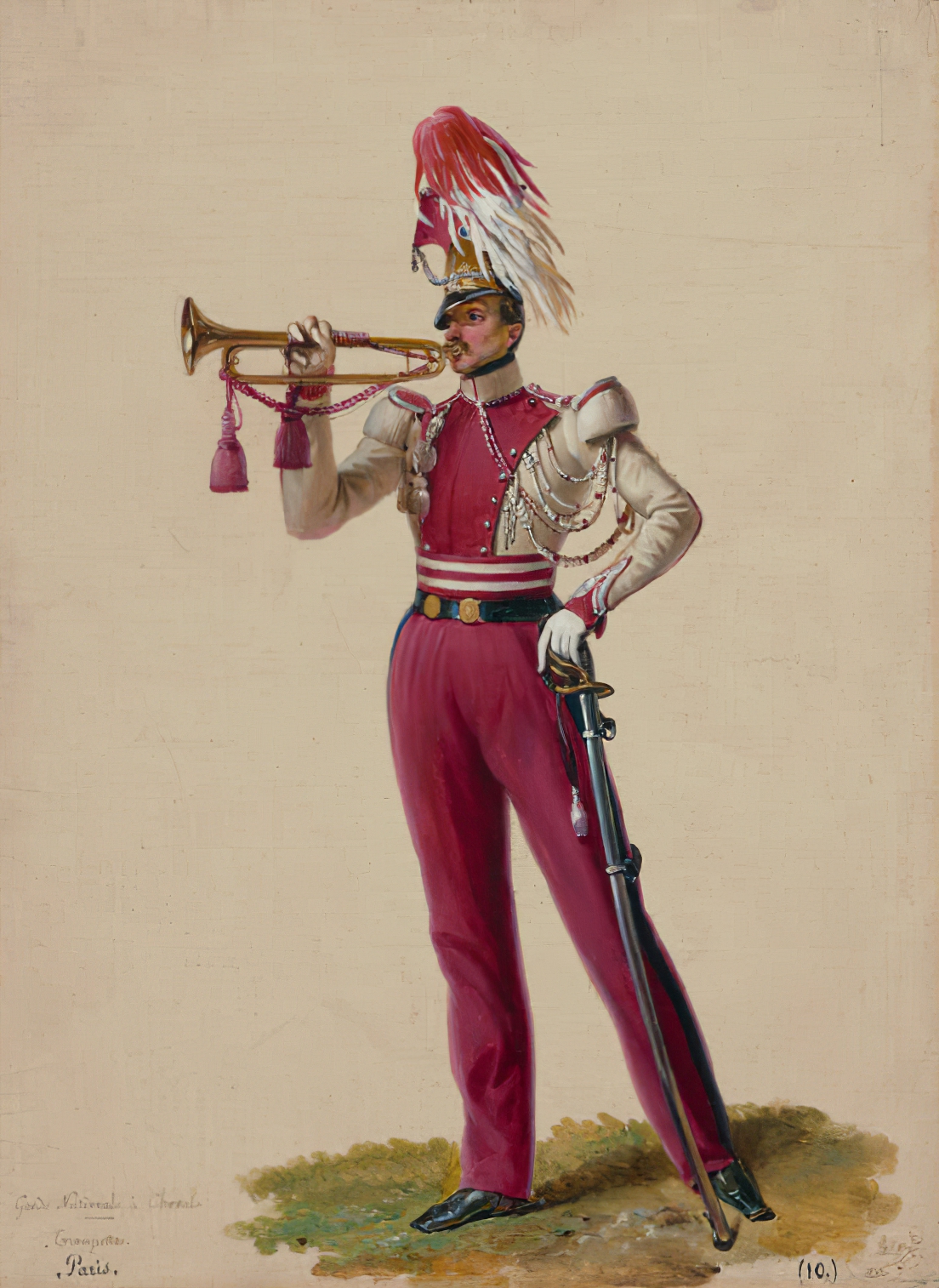
Alexandre-Jean Dubois-Drahonet was a French painter, lithographer, and portraitist. Dubois-Drahonet studied at the École des Beaux-Arts in Paris under the landscape painter Jean-Victor Bertin. He gained recognition as a portrait painter, and his clients included members of the French royal family.
Dubois-Drahonet exhibited regularly at the Paris Salon. He also produced genre scenes depicting everyday life, which were characterized by their vivid colors and loose, sketch-like style that captured the immediacy and vitality of his subjects.
In addition to his work as a painter, Dubois-Drahonet was also a skilled lithographer, and he produced a number of lithographic prints based on his own paintings as well as those of other artists. His lithographs were widely admired for their technical skill and ability to capture the essence of his subjects.
Today, Dubois-Drahonet's paintings and lithographs can be found in the collections of museums around the world, including the Louvre Museum in Paris and the National Gallery of Art in Washington, D.C. His work continues to be highly regarded for its innovative approach to landscape and genre painting, and its ability to capture the vitality and beauty of everyday life in 19th-century France.
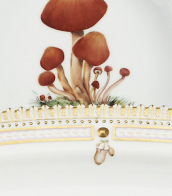

Alexandre-Jean Dubois-Drahonet was a French painter, lithographer, and portraitist. Dubois-Drahonet studied at the École des Beaux-Arts in Paris under the landscape painter Jean-Victor Bertin. He gained recognition as a portrait painter, and his clients included members of the French royal family.
Dubois-Drahonet exhibited regularly at the Paris Salon. He also produced genre scenes depicting everyday life, which were characterized by their vivid colors and loose, sketch-like style that captured the immediacy and vitality of his subjects.
In addition to his work as a painter, Dubois-Drahonet was also a skilled lithographer, and he produced a number of lithographic prints based on his own paintings as well as those of other artists. His lithographs were widely admired for their technical skill and ability to capture the essence of his subjects.
Today, Dubois-Drahonet's paintings and lithographs can be found in the collections of museums around the world, including the Louvre Museum in Paris and the National Gallery of Art in Washington, D.C. His work continues to be highly regarded for its innovative approach to landscape and genre painting, and its ability to capture the vitality and beauty of everyday life in 19th-century France.

